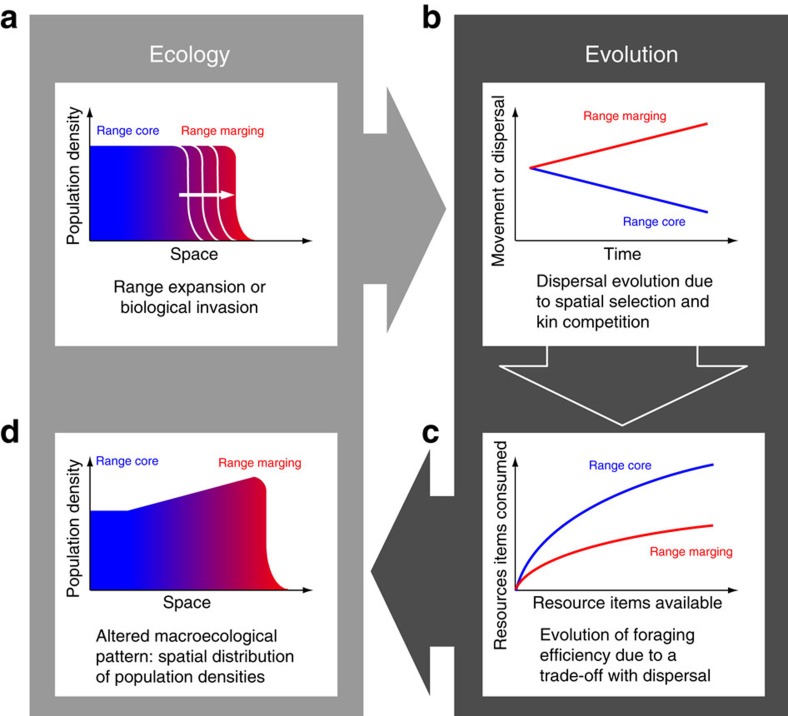Figure 4. Schematic summary of our empirical and theoretical findings illustrating the importance of eco-evolutionary feedbacks during range expansions and biological invasions.
The ecological process of a range expansion or biological invasion (a) leads to the evolution of increased dispersal at range margins due to spatial selection and kin competition (b). If dispersal trades off with growth, more specifically foraging success (type II functional response) this results in high foraging efficiencies in range cores and low foraging efficiencies at range margins (c). These evolutionary changes finally feed back and alter ecological patterns, here the spatial distribution of population densities (d). High foraging efficiencies lead to a rapid depletion of resources in range cores implying lower population densities in comparison with range margins.

